About the event
Join me, Luke Tscharke, for a unique 3-day, 2-night Dark Sky Chase across Tasmania. Our small group of three will explore Tasmania's dark skies, using an adaptive approach to find the best conditions for photographing nightscapes, star trails, and potentially the Aurora Australis.
This workshop is open to photographers using all brands of equipment.
Chasing Tasmania's Darkest Skies
We're doing something different in these workshops. Our small group size of 3 allows maximum flexibility, which is crucial in Tasmania where weather can change dramatically from region to region. While it might be cloudy at Cradle Mountain, Freycinet could be experiencing perfect conditions just a few hours away. That's why our adaptive approach is so valuable, rather than being locked into one location and hoping for the best, we can adjust our plans and travel to where the conditions are most favourable.
While we can never guarantee clear skies, having the entire state as our playground significantly increases our chances of finding good dark sky conditions. Over our two nights together, this adaptive mobility gives us the best opportunity to capture quality night sky images, whether that's in a well-known location or somewhere unexpected that the weather has guided us to.
We'll review weather forecasts together and determine the best possible location for night photography, whether that's capturing the Milky Way, star trails, or if conditions align, the Aurora Australis. Each seasonal chase offers different astronomical features, with our Spring and Autumn editions providing some of the best opportunities for capturing these phenomena.
Priority locations for these Dark Sky Chases include Bruny Island, Cradle Mountain, Freycinet Peninsula (Coles Bay), and Tasman Peninsula. These priority locations offer a great variety of compositions for both aurora and astro/Milky Way photography and in most cases offer the most iconic viewpoints for aurora in Tasmania. When booking, you can indicate your location preferences which we'll prioritise if weather conditions permit.
Other potential locations include kunanyi/Mount Wellington, South Arm Peninsula, Bay of Fires, Central Highlands, Huon Valley, Stanley/Tarkine, and Southwest/Lake Pedder. These areas also offer dark skies and a variety of landscape and nightscape compositions. Our adaptive approach allows us to select the location with the best forecast for clear skies, while considering your preferences.

Seasonal Dark Sky Features
Each Dark Sky Chase offers distinct astronomical features based on the season:
Autumn Chases (March, April and May) - The Autumn chases capture the Milky Way rising in the eastern sky during the early morning hours. This orientation lets you compose images with the galactic core ascending from the horizon. The autumn equinox period typically brings heightened aurora activity, increasing our chances of capturing the Southern Lights.
Spring Chases (September, October and November) - The Spring chases focus on capturing the Milky Way in the western sky during evening hours. This positioning allows for effective compositions with the galactic core setting over the landscape. Spring often brings increased solar activity around the equinox, providing good opportunities to photograph the Aurora Australis from Tasmania's southern locations.
Regardless of which chase you join, Tasmania's dark skies offer excellent opportunities for nightscape and astrophotography even without aurora displays. The minimal light pollution across much of the island reveals celestial detail that's not visible in most populated areas.
Chase Planning and Inclusions
While night photography is our primary focus, these chases are complete photography workshops. We make the most of our time by capturing Tasmania's landscapes during daylight hours too, with dedicated sunrise and sunset shooting sessions when conditions are favourable. You'll have the opportunity to explore and photograph diverse landscapes, practice different techniques, and build a varied portfolio of images from the trip. The chase works as follows:
- Pre-chase briefing: Online Zoom session earlier in the week before departure where we'll review weather forecasts, determine shooting locations, and discuss accommodation and logistics
- First Chase day (Saturday): Pick-up in Hobart, drive to planned location, check-in, explore shooting locations in daylight, sunset landscape photography followed by dark sky photography
- Second Chase day (Sunday): Optional sunrise landscape photography, daytime exploration and shooting at various locations, sunset photography followed by night sky photography
- Third Chase day (Monday): Optional sunrise photography, check-out, photograph locations en route to Hobart, return to meeting point
* Sunrise shoots are optional and based on how late we were up photographing the night before
| What's Included | What's Not Included |
|
|
Accommodation
The flexibility to chase the clearest skies across Tasmania means booking accommodation with short notice. While our preference is for everyone to have their own private room, the short-notice nature of our bookings means we can't guarantee this, twin share arrangements might be necessary depending on availability. If you have specific accommodation requirements or concerns, please get in touch before booking so we can discuss options.
We'll discuss all accommodation arrangements during our pre-chase briefing. The goal is to find comfortable options close to our shooting locations, ideally staying both nights in the same place to minimise fatigue and maximise shooting time.
Meals
While photography is our priority, we'll always try to eat at local restaurants where possible. During our briefing, we'll discuss meal arrangements based on our planned locations. We might be eating earlier than usual to accommodate our shooting schedule, and sometimes we may need to be flexible, picking up supplies for a picnic dinner or preparing simple meals if we're in remote locations. We'll work out the best plan together to ensure everyone's well-fed while maximising our photography opportunities.

Personal Capabilities and Experience Level
While some night photography experience would be beneficial, all skill levels are welcome. You'll receive access to online tutorial videos to help prepare. Our locations are chosen with accessibility in mind, we may encounter some uneven terrain at night, but we won't be doing any serious hiking. I'll be there photographing alongside you, providing guidance and assistance throughout.
Your Guide
As a night sky photographer and 2018 David Malin Award winner, I bring practical knowledge to these Dark Sky Chases. I've spent years photographing Tasmania's night skies and understand the seasonal patterns that affect photography opportunities across the island.
My experience forecasting and chasing aurora events combines technical knowledge of solar activity with field experience to improve our chances of seeing these displays. I've learned which weather patterns and conditions typically produce the best night sky photography opportunities in different parts of Tasmania.
By photographing alongside you during the chase, I can show you night photography techniques and help with the challenges of shooting in low light. You'll learn through both guidance and watching how I work in the field, finding compositions that combine landscape and sky elements.
As an authorised Parks Tasmania tourism operator, I have access to quality dark sky locations with minimal light pollution for clear views of the night sky.

Pricing and Payment
The price by the booking button above outlines the deposit to secure your place. After booking, we'll provide additional information including balance payment details.
Minimum numbers: A small group size of 3 people is required for the event to go ahead. A group of 2 (couple or friends) may be considered by paying a higher rate, contact Luke directly to organise.
Cancellation: If you need to cancel your booking for any reason you will only be refunded the total amount (less booking fees) if we can find someone to take your place, or if you transfer the booking to another experience run by Luke. Full terms and conditions can be found here.

Join me under Tasmania's dark skies as we chase the best possible conditions for night photography, whether that's the dance of the Aurora Australis or the magnificent arch of the Milky Way. With limited spots available, don't delay making your booking. Feel free to contact Luke if you have any questions.
Techniques covered
- Camera settings and focusing techniques for night photography
- Composing nightscapes that combine landscape and sky elements
- Capturing aurora displays when conditions permit
- Adapting to different sky conditions and moon phases
- Basic post-processing for night sky images (time permitting)
What to bring
- Camera with manual settings capability and fully charged batteries
- Selection of lenses (wide angle with f/2.8 or faster aperture recommended)
- Sturdy tripod essential for long exposures and night photography
- Backpack suitable for carrying your camera equipment into the field
- Season-appropriate clothing with extra layers (Tasmania's weather can change rapidly)
- Waterproof rain jacket
- Head torch
- Sturdy and comfortable footwear suitable for uneven terrain
Event FAQs (For general FAQs, please visit the Frequently Asked Questions page)
A$500 deposit payable via Sony Scene to secure a spot.
Balance Due Date: 27/02/2026
Payment for the remaining balance should be made directly to the host. They will be in contact with you shortly to provide the payment details and further instructions.




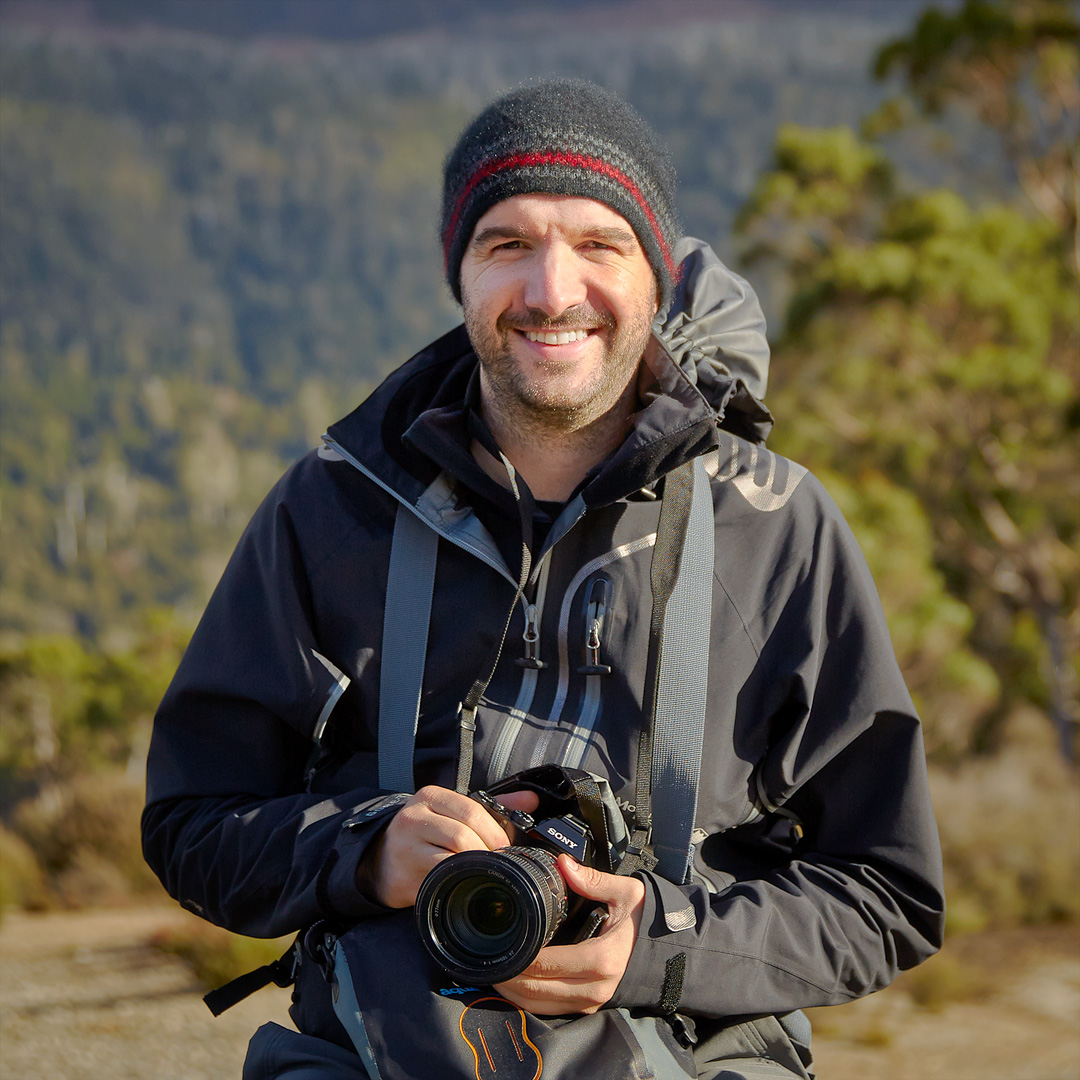_1726835161814.505.jpg?mode=crop&width=200&height=200&format=webp&quality=90)
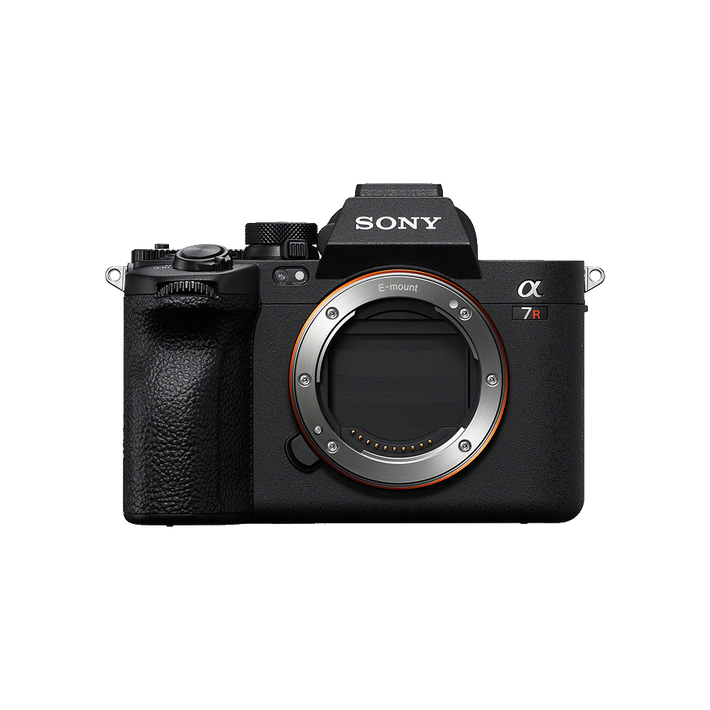
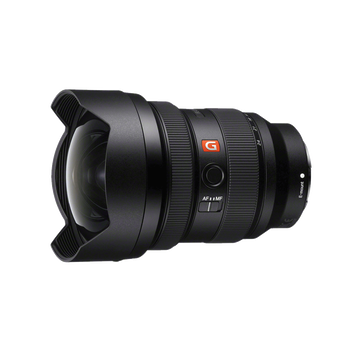


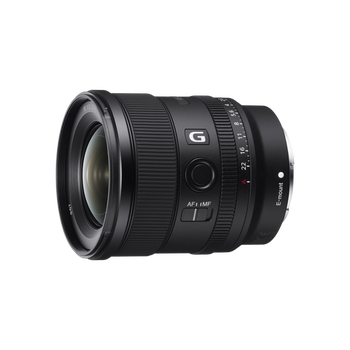



_1726835161814.505.jpg?width=100)

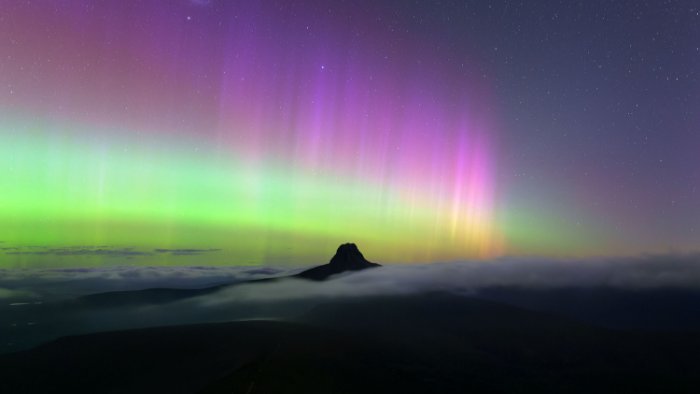
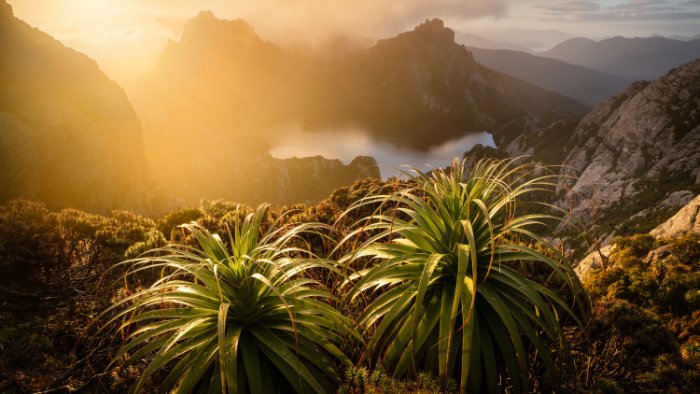

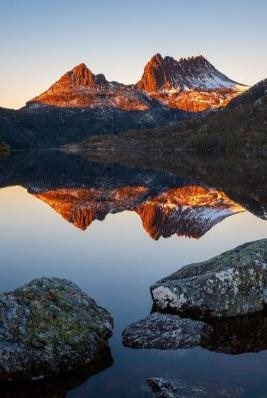
_1726835161814.505.jpg?width=64)

